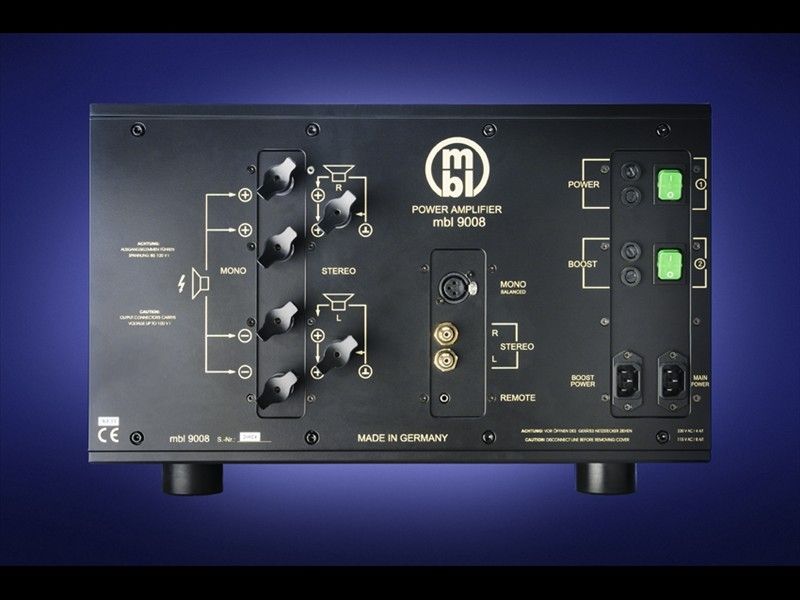Yes and no, some loudspeaker manufacturers are still using bi-wire terminals on their speakers, some never have and some have reverted to single wire.
I think that the original idea of offering bi-wire terminals was to enable speakers to be bi-amped, so using two stereo power amps & two pairs of speaker cables, one for HF one for LF, some 3way speakers also had tri-amp/wire terminals.
Some cable "manufacturers" did or perhaps still do offer bi-wire cables though not as popular now, a lot them do offer 'jumper' cables, short lengths to replace the provided links.
Some people will argue there's no difference to be heard in either cable type or what connection is used, some will clearly hear a difference.


